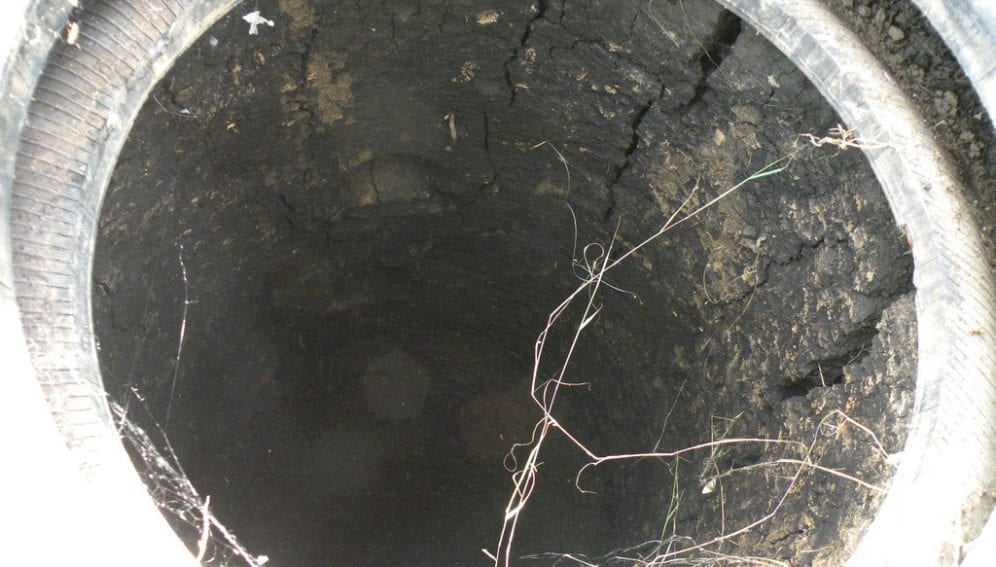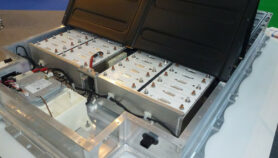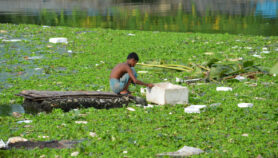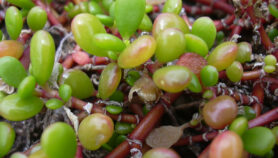By: Shaira Panela
Send to a friend
The details you provide on this page will not be used to send unsolicited email, and will not be sold to a 3rd party. See privacy policy.
[MANILA] The practice of pumping groundwater from wells could be causing the cross-contamination of aquifers in sandy soils with arsenic across South-East Asia.
In a study published in Nature last month (12 September), scientists have found that pumping water from wells changes the flow of groundwater in the aquifers, leading to the poisoning of previously clean neighbouring underground reservoirs.
"What we have learned is important for protecting deep aquifers from arsenic poisoning. It will aid the design of water treatment procedures, for example," says Alexander van Geen, a geochemist from Columbia University, United States, and the lead researcher of the study.
In South-East Asia, more than 100 million people drink water that contains toxic levels of arsenic, according to estimates. This can cause cancer, diabetes and other diseases. But arsenic poisoning does not show symptoms for decades after exposure, making it difficult to diagnose.
Across Asia, unsafe arsenic levels are usually found only in aquifers that were formed during the Holocene era that occurred less than 5,000 years ago. In wells that tap such reservoirs, arsenic levels can exceed the WHO's safety guidelines by a factor of ten to 50. In aquifers formed more than 12,000 years ago, during the Pleistocene era, the water is generally safe.
In some places, Holocene and Pleistocene aquifers can exist next to each other — and the study has confirmed that cross-contamination is possible.
Researchers recreated the initial phase of such a contamination. They used an aquifer junction at a village near Hanoi in Vietnam as their model system. They found that arsenic slowly accumulates on the surface of aquifer sands, causing contamination to happen over decades rather than in a sudden spike.
Pham Thi Trang, from Hanoi University's Centre for Environmental Technology and Sustainable Development and one of the study's authors, worries that the contamination problem will worsen as Hanoi continues to expand and more wells are dug. But she says that efforts are under way to build a water treatment facility.
Jelena Aleksic, a research associate at the University of Cambridge, United Kingdom, who was not involved in the study, says that water sampling would continue to be crucial in solving the arsenic contamination problem.
"The solution would be a large-scale government-led initiative to test the wells in high-risk areas, followed by either finding safe wells or providing new water sources if no safe wells are available," Aleksic says.
Link to full study
This article has been produced by SciDev.Net's South-East Asia & Pacific desk.
References
Nature doi: 10.1038/nature12444 (2013)














